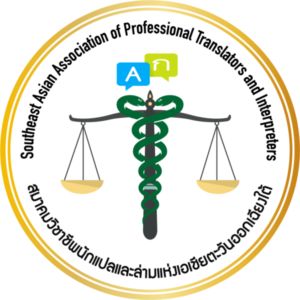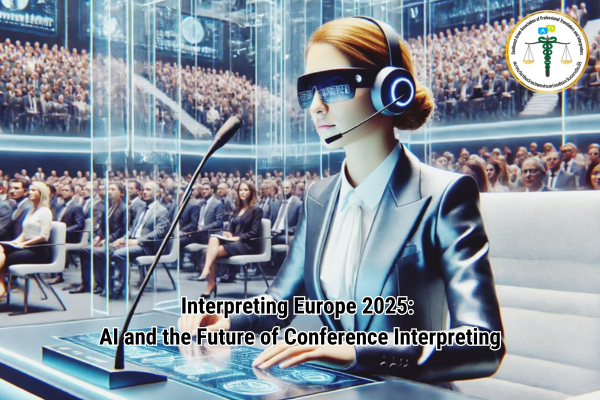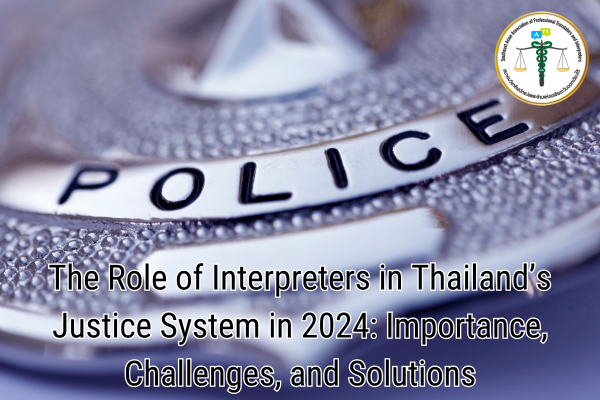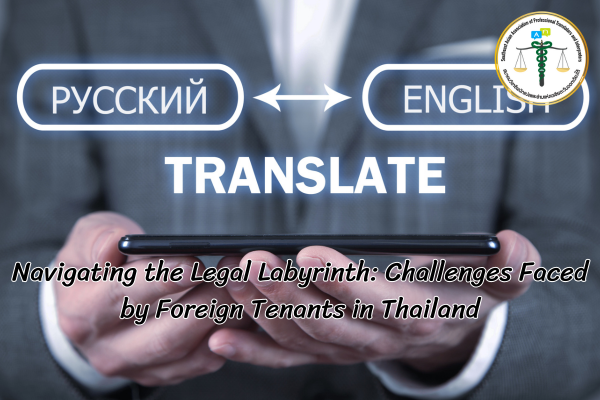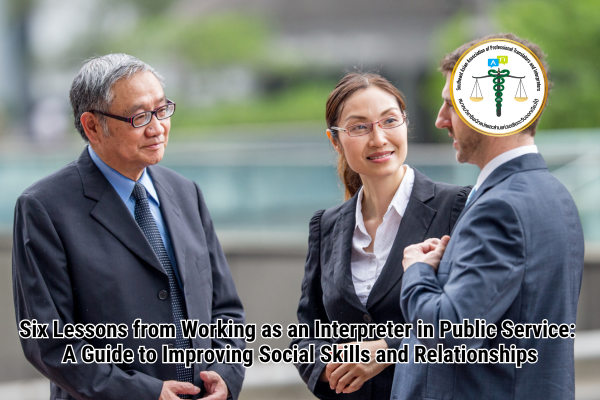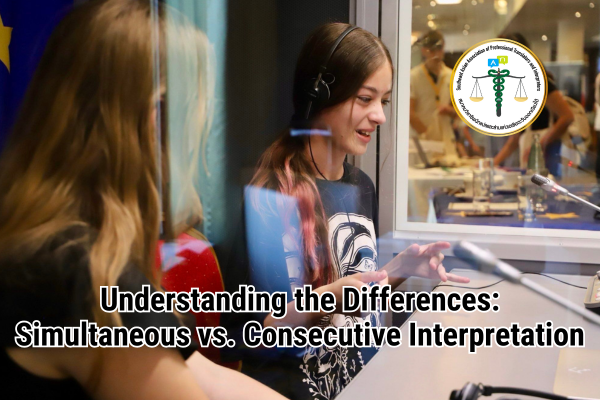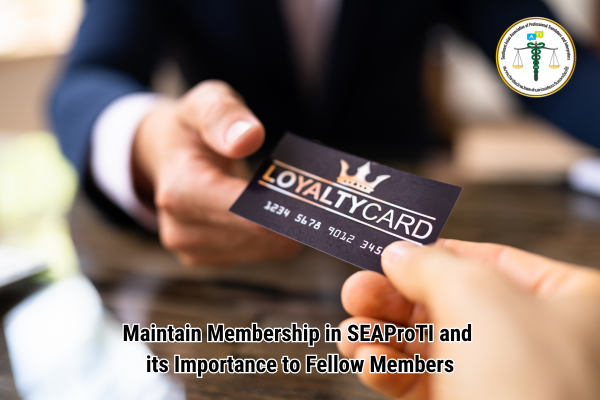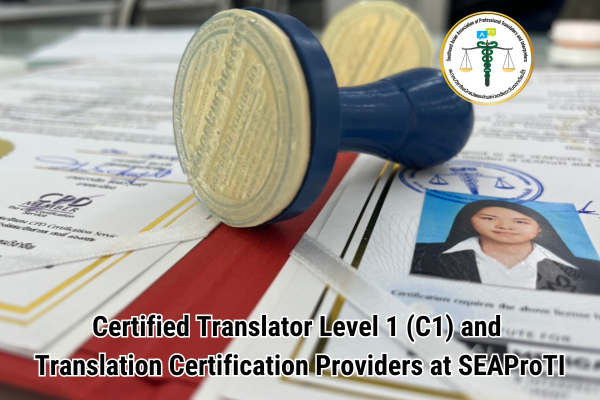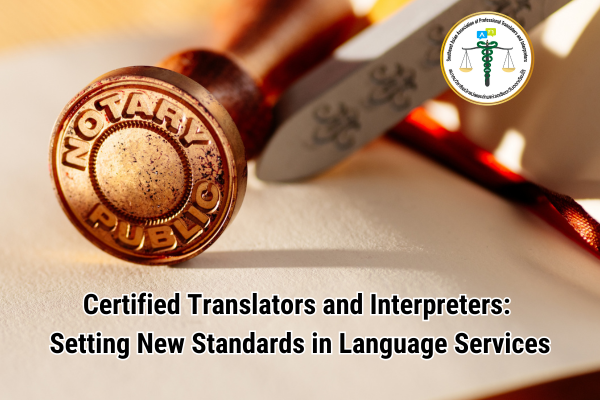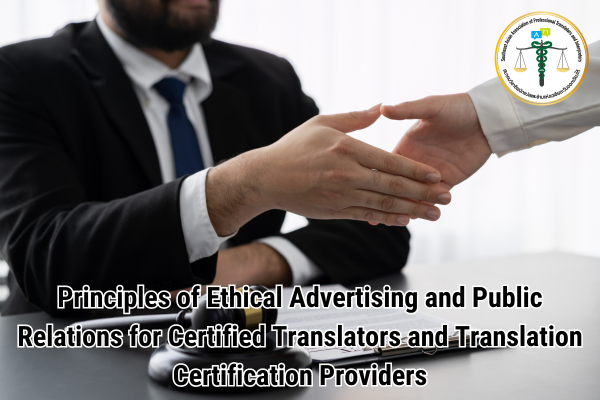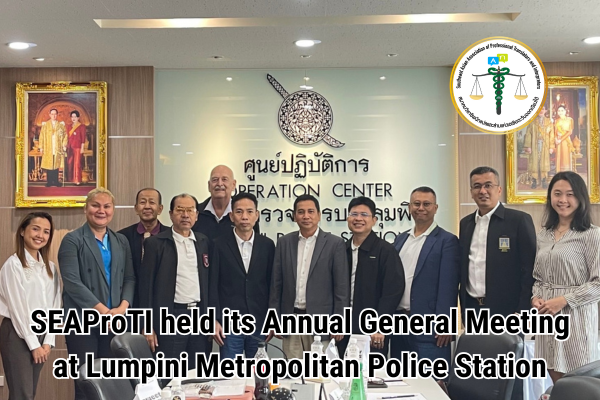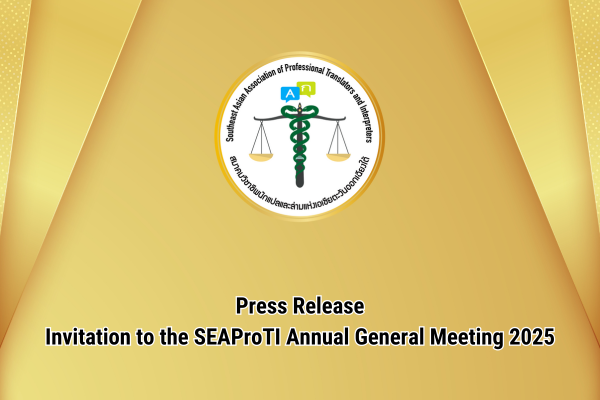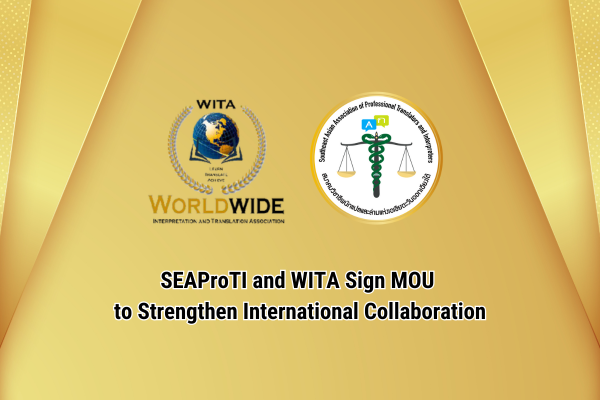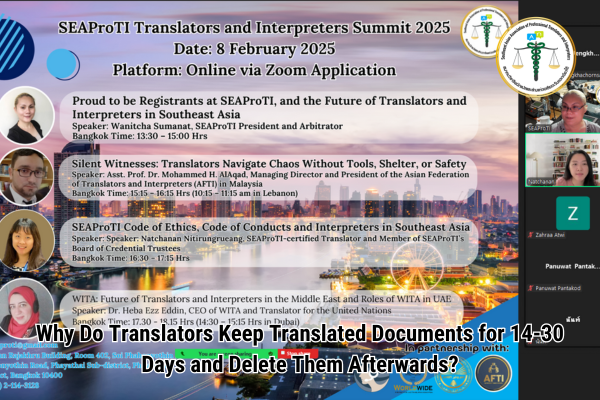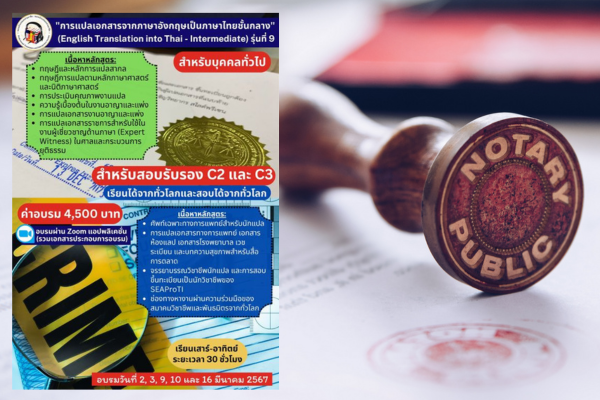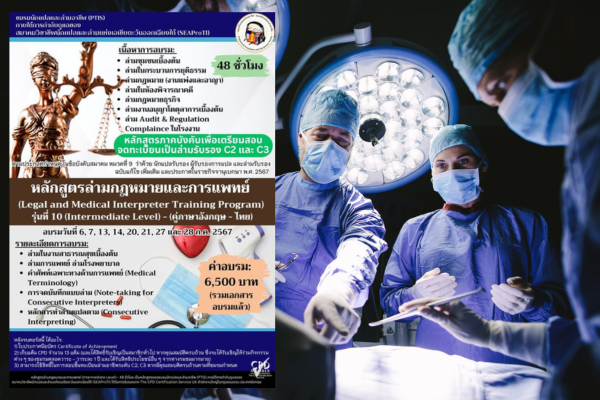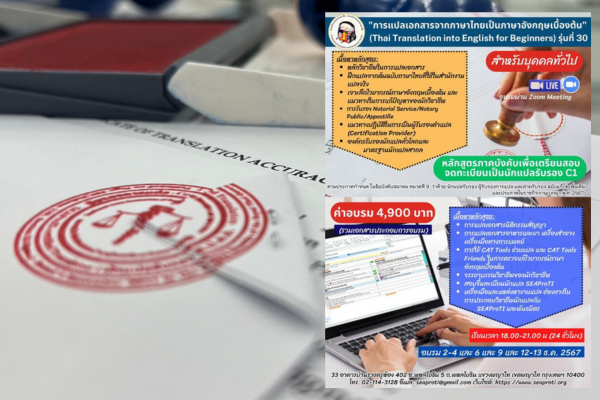Interpreting Europe 2025: AI and the Future of Conference Interpreting
This year’s Interpreting Europe 2025 conference was held in a dynamic and open format, fostering discussions on a topic that is reshaping the interpreting profession: the interaction between artificial intelligence (AI) and conference interpreting.
AI and the Role of Interpreters: Enhancement or Replacement?
The event brought together experts from various fields, including heads of interpretation services, academics, researchers, linguists, platform representatives, IT specialists, and ethics experts, all offering diverse perspectives on the development of AI in the interpreting industry. Some of the key questions raised included:
-
To what extent can technology support interpreters?
-
Where does AI excel, and where is human expertise indispensable?
-
How will the interpreting profession evolve in an ever-changing job market?
Although no definitive answers emerged, the conference facilitated an exchange of ideas and observations among interpreters and stakeholders from across Europe, especially younger generations entering the profession, who are experiencing rapid technological advancements firsthand.
AI in the Interpreting Booth: A Future Closer Than We Think?
Following the discussions on AI, some participants could not resist imagining the “interpreting booth of the future” and even used AI to design a conceptual rendering based on technologies discussed during the conference, including:
-
Augmented Reality Glasses to allow interpreters to view supplementary materials and documents in real time
-
Touch Consoles integrated into interpreter desks for enhanced ease of use
-
Walls that transform into giant screens for displaying real-time scripts or captions
These technologies not only have the potential to make interpreting more efficient but could also help reduce interpreter fatigue and increase accuracy.
AI and Interpreting: Opportunity or Challenge?
While AI has the ability to process and translate information quickly, human interpreters remain at the heart of communication, particularly in conveying cultural nuances, emotions, and complex contextual meanings. Areas where AI still falls short compared to human interpreters include:
-
Ethical decision-making in sensitive situations
-
Non-verbal communication, such as tone and body language
-
Deep meaning comprehension, especially in political or legal settings requiring precise interpretation
As a result, the future of interpreting is unlikely to be a competition between AI and human interpreters, but rather a collaborative effort, with AI serving as a tool to enhance human performance and efficiency.
Conclusion: How Should the Interpreting Profession Adapt?
Interpreting Europe 2025 underscored that AI will play a significant role in the future of interpreting, but human interpreters will remain central to the communication process. Interpreters should focus on developing skills that AI cannot replicate, such as analytical thinking, contextual interpretation, and the ability to handle real-time situations.
At the same time, interpreting service providers and organizations should invest in technology and training programs that enable interpreters to use AI effectively, ensuring they can maintain professional standards and adapt to industry changes.
Ultimately, the questions that remain are “What will the interpreting booth of the future look like?” and “How will AI contribute to the evolution of this profession?” This conference marked a significant step toward addressing these questions and preparing for the future of interpreting in a technology-driven world.
SEAProTI’s certified translators, translation certification providers, and certified interpreters:
The Southeast Asian Association of Professional Translators and Interpreters (SEAProTI) has officially announced the criteria and qualifications for individuals to register as “Certified Translators,” “Translation Certification Providers,” and “Certified Interpreters” under the association’s regulations. These guidelines are detailed in Sections 9 and 10 of the Royal Thai Government Gazette, issued by the Secretariat of the Cabinet under the Office of the Prime Minister of the Kingdom of Thailand, dated July 25, 2024, Volume 141, Part 66 Ng, Page 100.
To read the full publication, visit: the Royal Thai Government Gazette
Interpreting Europe 2025: AI กับอนาคตของการล่ามในที่ประชุม
การประชุม InterpretingEurope 2025 ในปีนี้จัดขึ้นในรูปแบบที่มีชีวิตชีวาและเปิดกว้างต่อการถกเถียงเกี่ยวกับประเด็นที่กำลังเปลี่ยนแปลงวิชาชีพการล่าม นั่นคือ ปฏิสัมพันธ์ระหว่างปัญญาประดิษฐ์ (AI) กับการล่ามในที่ประชุม
AI และบทบาทของนักล่าม: การเสริมสร้างหรือการแทนที่
งานประชุมรวบรวมผู้เชี่ยวชาญจากหลายสาขา ทั้งหัวหน้าฝ่ายบริการล่าม นักวิชาการ นักวิจัย นักภาษาศาสตร์ ตัวแทนแพลตฟอร์มด้านเทคโนโลยี ผู้เชี่ยวชาญด้านไอที และนักจริยธรรม ซึ่งให้มุมมองที่หลากหลายเกี่ยวกับการพัฒนา AI ในวงการล่าม คำถามสำคัญที่ถูกหยิบยกขึ้นมาคือ:
-
เทคโนโลยีสามารถสนับสนุนนักล่ามได้มากเพียงใด
-
AI มีจุดแข็งด้านใด และอะไรคือขอบเขตที่ยังต้องพึ่งพาความเชี่ยวชาญของมนุษย์
-
วิชาชีพล่ามจะเปลี่ยนแปลงไปอย่างไรในตลาดงานที่มีการเปลี่ยนแปลงอยู่ตลอดเวลา
แม้ว่าจะไม่มีคำตอบที่ชัดเจนในทุกประเด็น แต่การประชุมครั้งนี้ช่วยให้เกิดการแลกเปลี่ยนแนวคิดและข้อสังเกตที่สำคัญในกลุ่มนักล่ามและผู้เกี่ยวข้องจากทั่วทั้งยุโรป โดยเฉพาะ คนรุ่นใหม่ที่เข้าสู่วิชาชีพนี้ ซึ่งกำลังเผชิญกับการเปลี่ยนแปลงของเทคโนโลยีอย่างรวดเร็ว
AI ในบูธล่าม: อนาคตที่ใกล้กว่าที่คิด
หลังจากการเสวนาเกี่ยวกับ AI ผู้เข้าร่วมบางคนอดไม่ได้ที่จะลองจินตนาการถึง “บูธล่ามแห่งอนาคต” และใช้ AI ในการออกแบบภาพจำลองของบูธดังกล่าว โดยรวมเอา เทคโนโลยีที่ถูกกล่าวถึงในการประชุม มาผสมผสาน ได้แก่:
-
แว่นตาเสริมความจริง (Augmented Reality Glasses) เพื่อช่วยให้นักล่ามสามารถเห็นข้อมูลเสริมและเอกสารแบบเรียลไทม์
-
แผงควบคุมแบบสัมผัส (Touch Consoles) ที่ติดตั้งอยู่บนโต๊ะล่ามเพื่อให้ใช้งานง่ายและรวดเร็วขึ้น
-
ผนังที่สามารถเปลี่ยนเป็นหน้าจอขนาดใหญ่ เพื่อแสดงสคริปต์หรือคำบรรยายแบบเรียลไทม์
เทคโนโลยีเหล่านี้ไม่เพียงแต่ทำให้การล่ามมีประสิทธิภาพมากขึ้น แต่ยังสามารถช่วยลดความเหนื่อยล้าและเพิ่มความแม่นยำให้กับงานของนักล่ามได้อีกด้วย
AI กับการล่าม: โอกาสหรือความท้าทาย
แม้ว่า AI จะมีความสามารถในการแปลและประมวลผลข้อมูลได้อย่างรวดเร็ว แต่มนุษย์ยังคงเป็น หัวใจสำคัญของการล่าม โดยเฉพาะในการตีความนัยยะทางวัฒนธรรม อารมณ์ และบริบทที่ซับซ้อน สิ่งที่ AI ยังไม่สามารถทำได้ดีเท่ามนุษย์คือ:
-
การตัดสินใจทางจริยธรรม ในสถานการณ์ที่อ่อนไหว
-
การสื่อสารแบบไม่ใช้คำพูด (Non-verbal Communication) เช่น น้ำเสียงและภาษากาย
-
การจับความหมายที่ลึกซึ้ง เช่น การประชุมทางการเมืองหรือกฎหมายที่ต้องมีการตีความที่แม่นยำ
ดังนั้น แนวโน้มของอนาคตจึงไม่ได้เป็นการแข่งขันระหว่าง AI กับนักล่าม แต่เป็นการ ใช้ AI เป็นเครื่องมือเสริม เพื่อช่วยให้นักล่ามทำงานได้ดีขึ้นและมีประสิทธิภาพมากขึ้น
ข้อสรุป: วิชาชีพล่ามต้องปรับตัวอย่างไร
การประชุม InterpretingEurope 2025 ได้เน้นย้ำว่า AI จะมีบทบาทสำคัญในอนาคตของการล่าม แต่ มนุษย์จะยังคงเป็นศูนย์กลางของกระบวนการสื่อสาร นักล่ามจึงควรพัฒนาทักษะที่ AI ไม่สามารถทำแทนได้ เช่น การคิดวิเคราะห์ การตีความบริบท และความสามารถในการจัดการสถานการณ์เฉพาะหน้า
ในขณะเดียวกัน ผู้ให้บริการล่ามและองค์กรต่าง ๆ ก็ควรให้ความสำคัญกับการลงทุนในเทคโนโลยีและฝึกอบรมบุคลากรให้สามารถใช้ AI อย่างมีประสิทธิภาพ เพื่อให้สามารถรักษามาตรฐานวิชาชีพและตอบสนองต่อการเปลี่ยนแปลงของอุตสาหกรรมได้อย่างทันท่วงที
สุดท้ายแล้ว คำถามที่ยังคงต้องหาคำตอบคือ “อนาคตของบูธล่ามจะมีหน้าตาเป็นอย่างไร” และ “AI จะมีบทบาทอย่างไรในการช่วยพัฒนาวิชาชีพนี้” การประชุมครั้งนี้ถือเป็นก้าวสำคัญในการตั้งคำถามและเตรียมความพร้อมสำหรับอนาคตของการล่ามในโลกที่ขับเคลื่อนด้วยเทคโนโลยี

